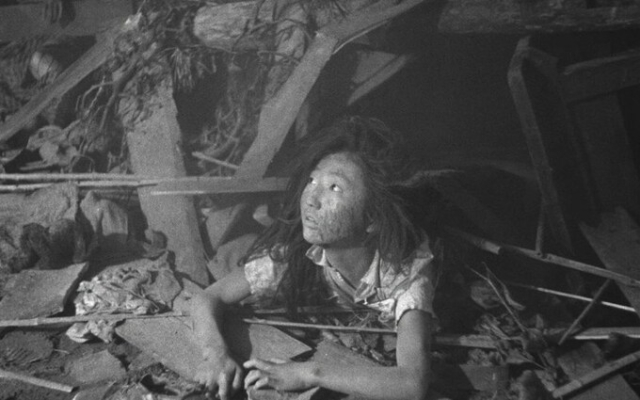 Bomb survivors film 1953 Hiroshima docudrama
Bomb survivors film 1953 Hiroshima docudrama
If you're in Japan and hoping to see Oppenheimer, maybe , you will have a long wait. Christopher Nolan's biopic about the father of the atomic bomb has been in production for several weeks now in the US and UK, but no release date has been announced in the country where Oppenheimer's creation was released.
Perhaps this in itself is not unusual. Japan may be the world's third-largest national film market after China and the US, but their distributors often like to wait and see how foreign films fare internationally before deciding how much to invest in them domestically. Japan's summer movie season has traditionally focused on family films rather than heavy biopics, and any upcoming release will be paired with the country's most painful WWII anniversaries: August 6 and 9 for Hiroshima and Nagasaki, respectively, and August 15 and September 2 for announcement and signing of unconditional imperial surrender.
But there has also been a backlash in the country to what many saw as offensive Western tweets (including some from Barbie's official account) highlighting the bomb as part of the Barbenheimer phenomenon, and Nolan was criticized for not featuring one Japanese in a lengthy three-hour the length of his film.
Oppenheimer places great emphasis on the need to develop the bomb during the war before the Nazis do, and on the Cold War dynamics with the Soviet Union over second-generation thermonuclear weapons. But little is known about Japan, whose attack on Pearl Harbor dragged the US into the war from the start and which was the site of the only two atomic bombs ever fired in anger.
However, there is one movie currently being shown in Japan that relentlessly explores the aftermath of the bomb. Released exactly 70 years ago in 1953 and simply titled Hiroshima, Hideo Sekigawa's film is an unwavering and bravura work. It was originally commissioned by the Japan Teachers' Union as a mixture of educational tool and political controversy, was based on a 1951 Hiroshima children's testimonial book, featured more than 80,000 city residents as extras (including many survivors), and seductively blends dramatic scenes with documentary footage .
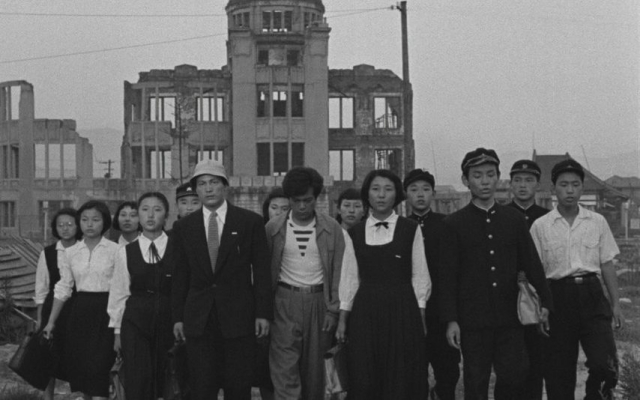 Screenshot from the movie Hiroshima
Screenshot from the movie Hiroshima
Its central element, of course, is the attack itself. We see Hiroshima as a normal, robust, medium-sized city that goes about its business as best it can in times of war: people work, train, and exhort; trams, trucks and bicycles roll back and forth. Airplanes are flying overhead — an American bombing group consisting of Enol Gay, the Great Artist and Necessary Evil, although at this distance they are not recognizable as such. People look up.
A short silent sequence of fast shots, erasing the white light — and suddenly this ingenious prosperous city turns into a hellish landscape, an urban crypt. Mutilated buildings writhing and gaping around dozens of broken bodies: fire and smoke engulf traumatized citizens who roam the ruins, weeping and weeping like survivors of a biblical tragedy. (Perhaps this is the film's only significant flaw: many survivors spoke of the eerie, all-consuming silence that followed the bomb explosion, as if the explosion had sucked all sound out of the world.) Some shots are reminiscent of others. great war films like Russia's Come and See (1985) and films like The Raft of the Medusa by Théodore Géricault and Retirantes by Candido Portinari.
The ruins of Hiroshima after the drop of the atomic bomb in August 1945. Photo: Universal Images Group
Children are at the center of hell: looking for their parents or being wanted by them, lying dead on their school desks and in their homes, adults leading them into an illusory safety. Perhaps the most amazing scene of all is the scene of the critically injured teacher leading her students to a river (highly radioactive, of course, but none of them know about it).
She encourages them to dive into the water to quench their thirst and heal their wounds. Then we see that the river is already full of bodies, and one by one the stream carries away the pupils, like so many Ophelias, too weak to resist. It is shot so beautifully, in a magically realistic style, that it almost overshadows all the horror of what is happening.
However, what makes Hiroshima truly unusual is that it shows beyond the actual attack. Shot in two time frames — ironically the centerpiece of many of Nolan's films — it actually begins in 1953 when the teacher (played by Eiji Okada, who would star in the French classic Hiroshima Mon Amour six years later) and his class are listening to a radio broadcast about the attack. One of the girls screams in pain as she has a nosebleed: a sign of leukemia, the «radiation sickness» that affects a third of the class.
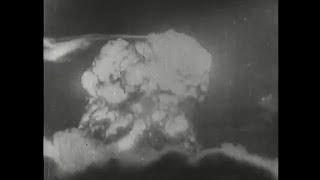
Gradually we learn about the broader social consequences of the bomb: the discrimination of hibakusha, those with radiation sickness, from those who don't; the way people go off the rails trying to cope with feelings of hopelessness; the financial hardships of living in a devastated country just liberated from American occupation; and so on. As with the 1945 timeline, this is an ensemble that introduces us to several characters but never lets any of them overshadow the narrative.
The film is also impartial and subtle in its criticism. The Americans are portrayed negatively for dropping the bomb in the first place, but the Japanese authorities are no better for it: they are shown as indifferent, chauvinistic, complacent, incompetent, and even immoral (they lie to the public about the nature of the bomb and try to use the bombing as a means of encouraging people to continue combat operations). There is even a scene where two wounded in a field hospital bitterly mock Emperor Hirohito, who at that time was still considered a god by millions of Japanese and therefore could not stand even the most moderate criticism.
Hiroshima had a troubled history: it was rarely shown in Japan after 1955 due to disputes between distributors and producers over deleted scenes and what was seen as an overtly anti-American tone. The fifties were a purple blob for Japanese cinema — Rashomon, Ikiru, Throne of Blood, Tokyo Story, and Seven Samurai all came out in that decade — and Hiroshima, in its own way, can bear comparison with any of them, even if they are very few. people got a chance to see it at that time.
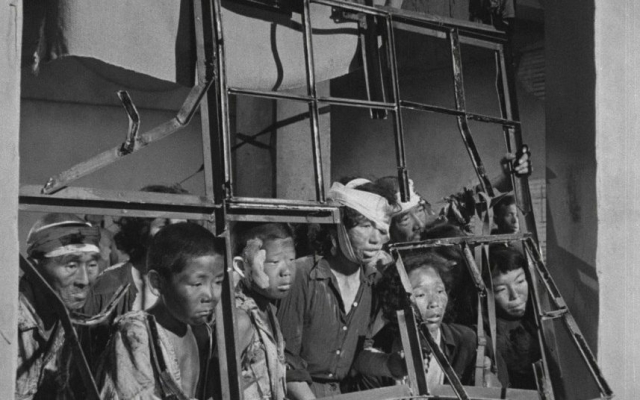 1953 Hiroshima movie
1953 Hiroshima movie
There is a powerful scene near the end where, back in 1953, the ghosts of the dead rise in silent groups and slowly approach the camera as part of a huge peace demonstration. The film itself has undergone a similar resurgence after decades of neglect, and its revival is both timely and important, not least in a country so ambivalent about nuclear weapons.
Japan publicly opposes them — its three principles on the subject state that Japan cannot possess, manufacture or allow such weapons on its soil — but the country also relies in part on the US nuclear umbrella in many ways. defense, and a 2015 NHK public broadcaster poll found that 40% of people (and 44% in Hiroshima itself) thought the US had no choice but to use the bomb in 1945.
Movies can do a lot—entertain, distract, provoke, excite, disturb, and more—but sometimes it's enough that they testify. Few have ever done it with such brutal brilliance as Hiroshima.

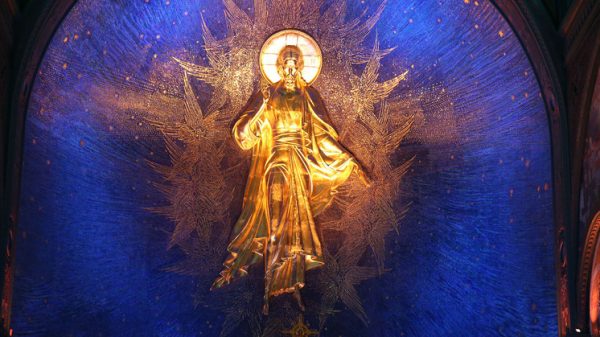


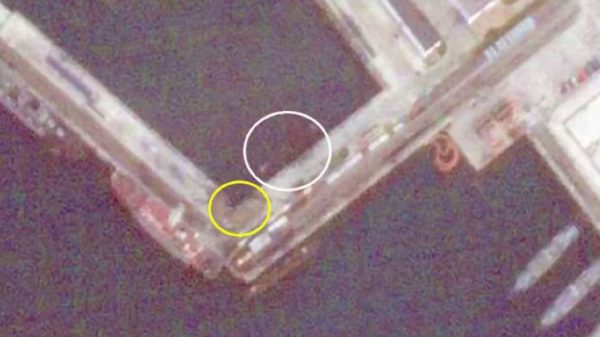
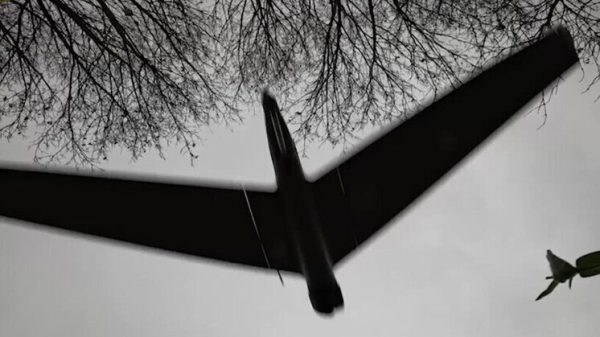

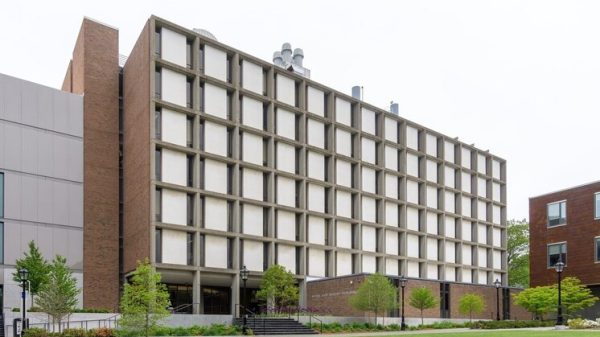

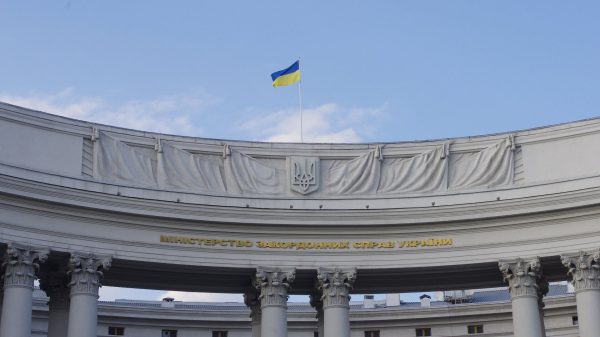
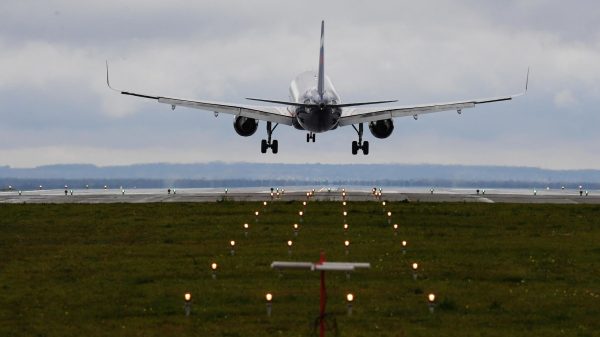

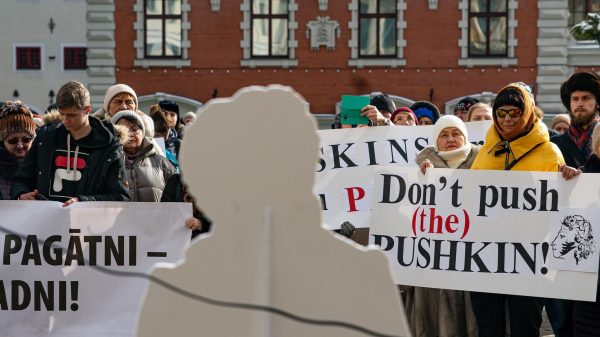
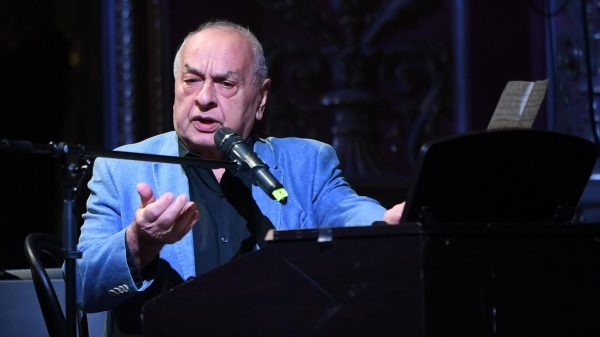

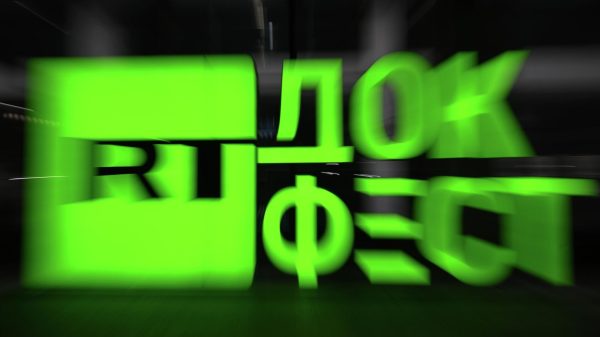
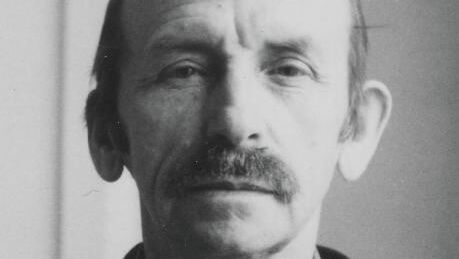
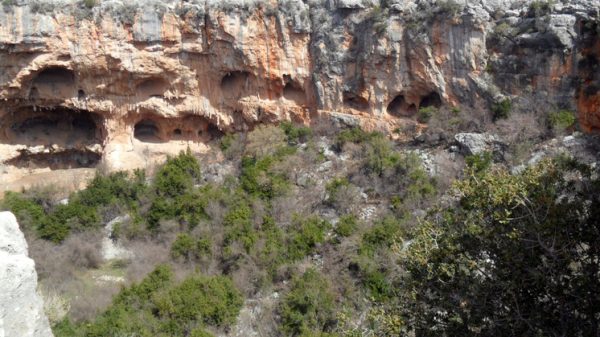



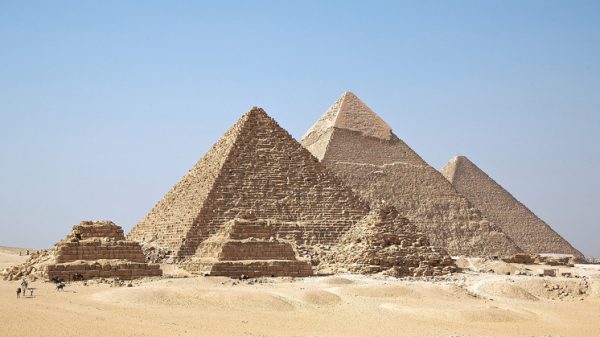






























Свежие комментарии